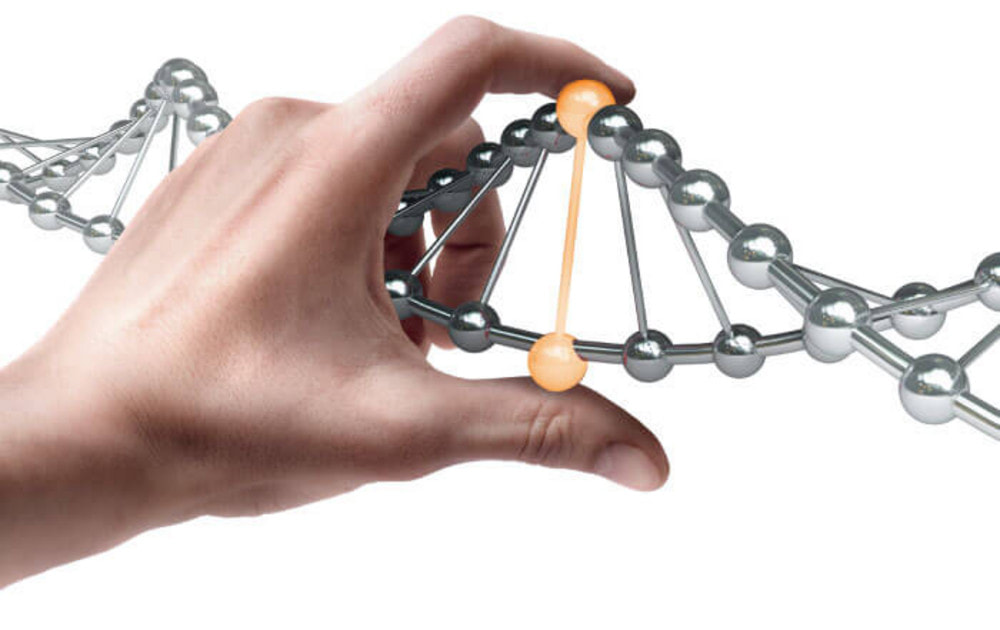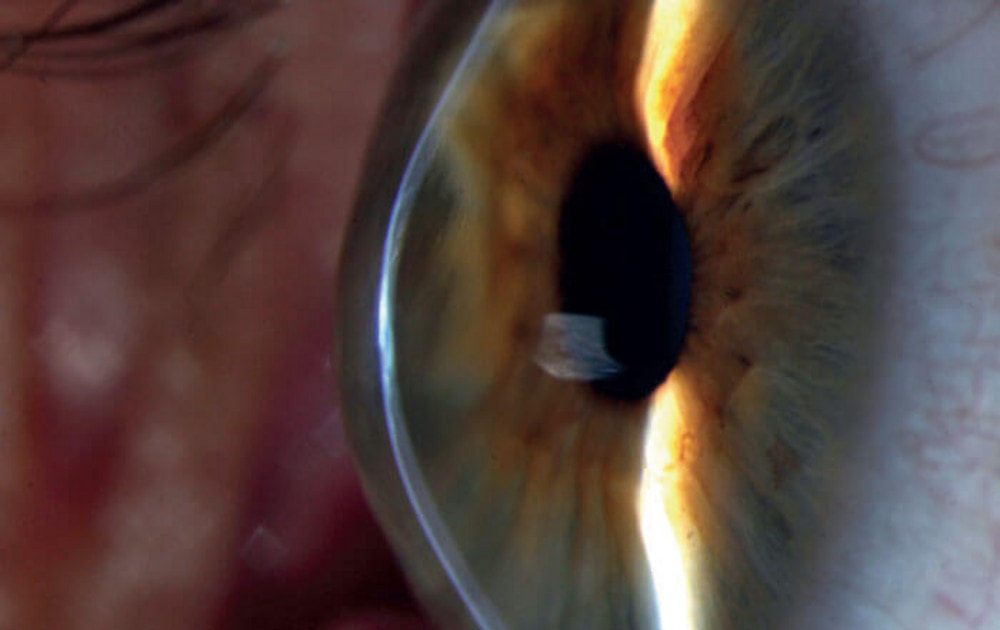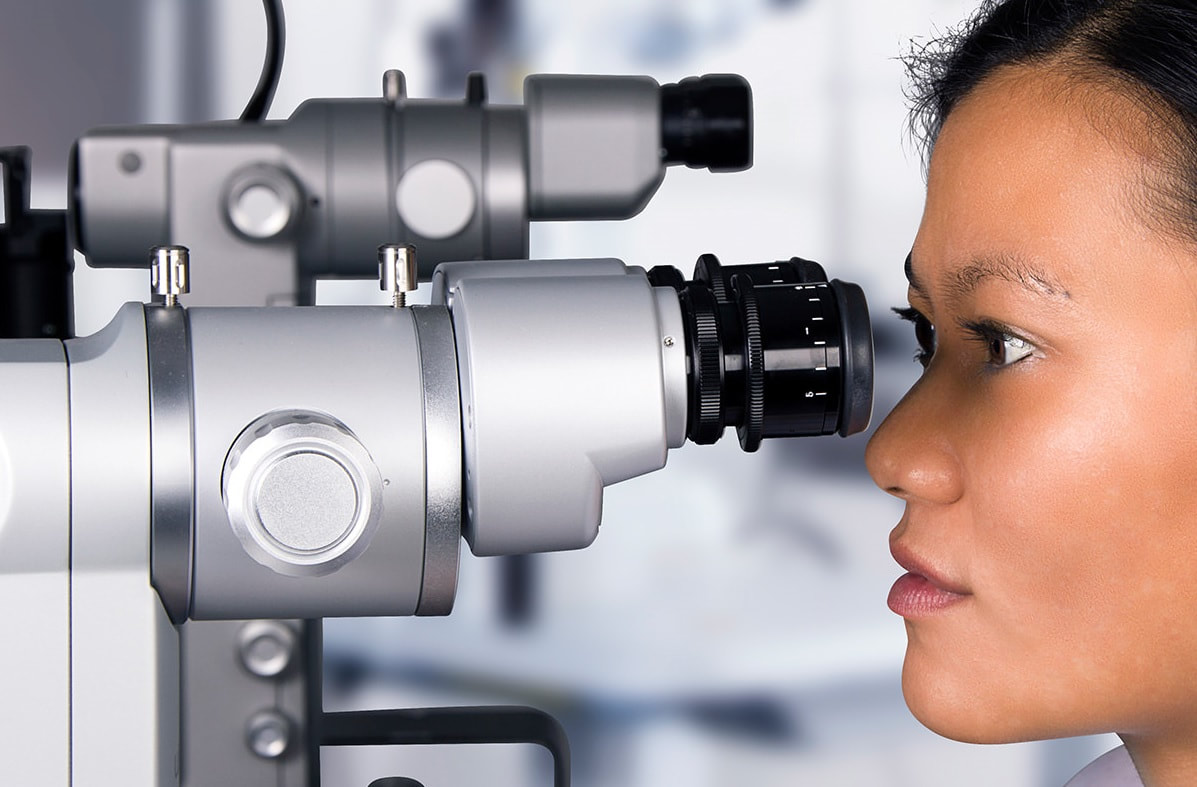
Eye doctors dealing with keratoconus are about to benefit from a new tool at their disposal; Avellino Labs is developing a diagnostic genetic test for risk factors for keratoconus.
The new technology of Avellino Labs It will not only offer ophthalmologists a tool for early diagnosis of patients at risk of developing keratoconus but will also provide additional data for patients who may not show the classic signs associated with keratoconus when examined using current scanning technologies and algorithms.
So, how does genetic testing work? First of all, a swab is used to collect DNA from the patient's mouth. The sample is then sent to Avellino Labs for next-generation sequencing and analysis (NGS). The custom NGS panel includes over 1,000 variants across 75 genes for keratoconus (KC) and over 70 TGFBI mutations for corneal dystrophies (CD). Sequencing results are aligned to Genome Reference Human Build 37 and a relative risk (RR) score is calculated for the detected keratoconus variant. Risk scores were derived from a Bayesian logistic regression model based on NGS results, including whole exome sequencing and targeted sequencing platforms.
For surgery candidates, early diagnosis of keratoconus is very important as it can prevent post-operative progression of the disease. Holland explains: “By identifying those patients at risk earlier, we can improve monitoring for younger patients and potentially implement preventative treatments such as cross-linking. Genetic tests will also allow us to have further information in the evaluation of patients undergoing refractive surgery. Knowing a patient's potential to progress to keratoconus could be a deciding factor in choosing one refractive surgery procedure over another – or perhaps not recommending corneal refractive surgery."

Eye with keratoconus, with visible central scarring and thinning with ectasia. Credits: David Yorston, Community Eye Health.
Source: The Opthalmologist



